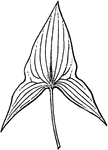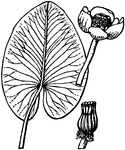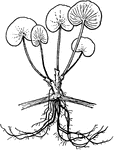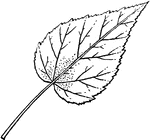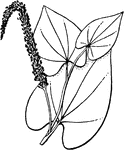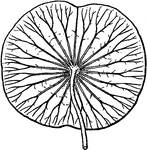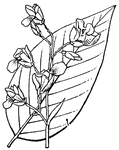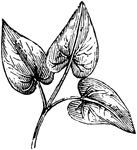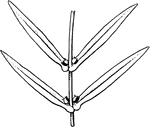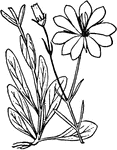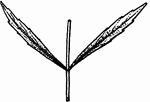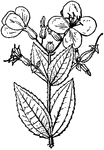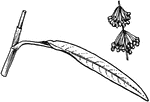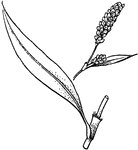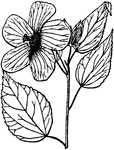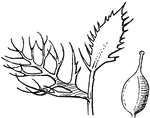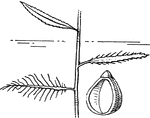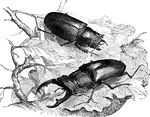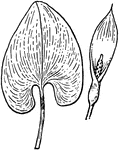
Pontederia
Leaves with blunt lobes; flower conspicuous, purple, not on a fleshy axis enclosed in a leaf-like sheath.
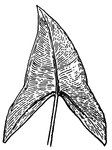
Peltandra
Leaves usually with sharp lobes; flowers individually inconspicuous, on a fleshy axis snclosed in a…
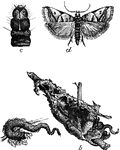
Acrobasis
"a, case containing caterpillar; b, cases in winter; c, head and thoracic joints of larva, enlarged;…
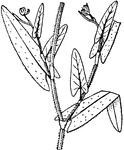
Polygonum
Sheaths around stem above each point of leaf-attachment; flowers white to red, not fragrant.

Orontium
Plants smaller; not wite-powdery above; leaves shed water easily; flowers along fleshy spike enclosed…

Gratiola
Leaves small, mostly under 3cm long; usually with black dots visible with a lens covering them.
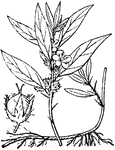
Hydrolea
Sepals united at base into a tube enclosing the ovary and later the fruit; leaves with spines in axils.

Akee fruit
"…a fleshy fruit containing several large jet-black seeds partly embedded in a white spongy aril.."-Whitney,…
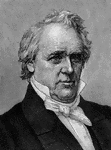
John Brown
In 1859, John Brown collected a small body of men, white and black, in the mountains of Maryland. He…
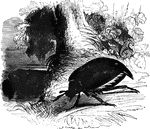
Cockchafer
"In the common European Cock-Chafer, Melolontha vulgaris, they are of considerable length,…
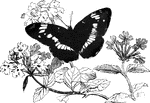
Sybil Butterfly
"The Sybil Butterfly, P. Sybilla, sometimes called the Mourning Butterfly, is a common…
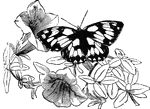
Half-Mourning Butterfly
"The Galatea Butterfly, P. Galatea, A Euoprean species, called The Half-Mourning Butterfly,…

Processionary Caterpillars
"If the guide stops a moment all the followers halt; if he continues the route, they all hasten after…

Processionary Caterpillars
"If the guide stops a moment all the followers halt; if he continues the route, they all hasten after…
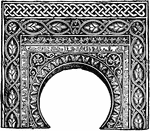
Arabesque Archway
"Arabesque is a style of ornamentation in which are represented men, animals (the latter consisting…
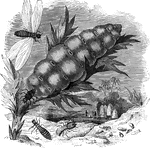
White Ants
"These animals, often called White Ants, live in vast communities, principally in the hotter…
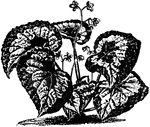
Begonia Rex
"Begonia is an extensive genus of succulent-stemmed herbaceous plants, order Begoniaceæ, with…
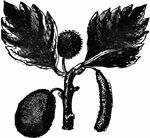
Breadfruit
"The breadfruit is a large, globular fruit of a pale-green color, about the size of a child's head,…

Breadfruit Fruit
"The breadfruit is a large, globular fruit of a pale-green color, about the size of a child's head,…

Cacao Plant
"Cacao, or cocoa, is the chocolate tree, and also the powder and beverage made with it obtained from…
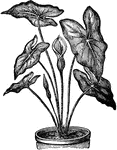
Caladium
"Caladium is a genus of endogenous plants, the typical one of the family caladieæ. They are cultivated…
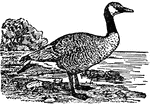
Canada Goose
"The Canada Goose is an American wild goose 30 to 35 inches long, brownish above, lighter below, head,…




